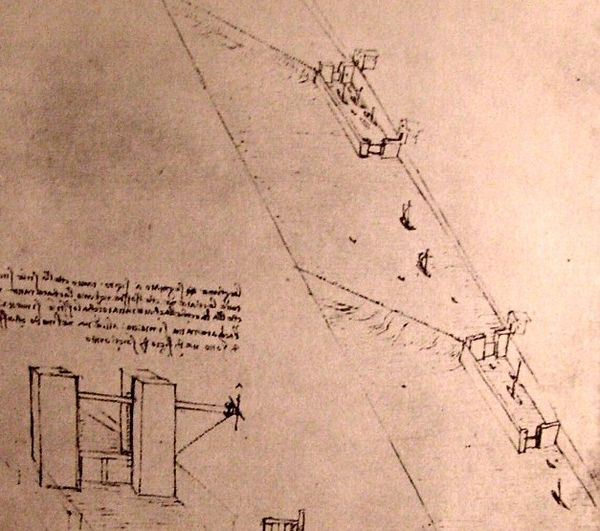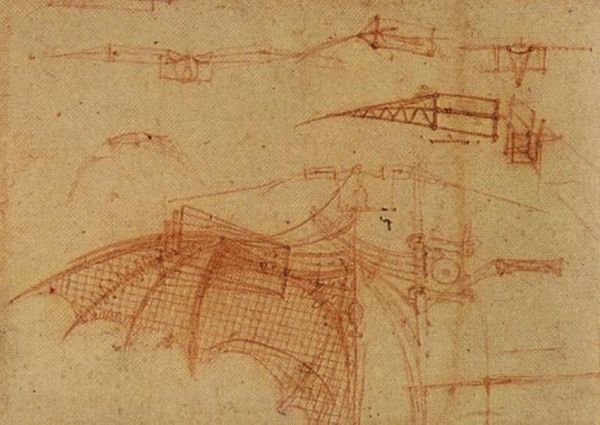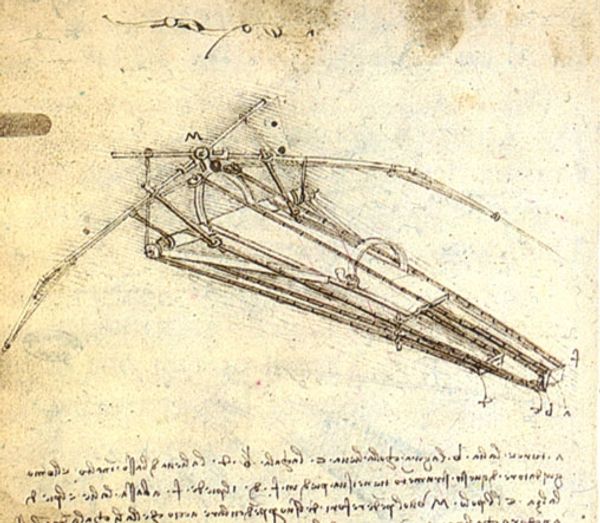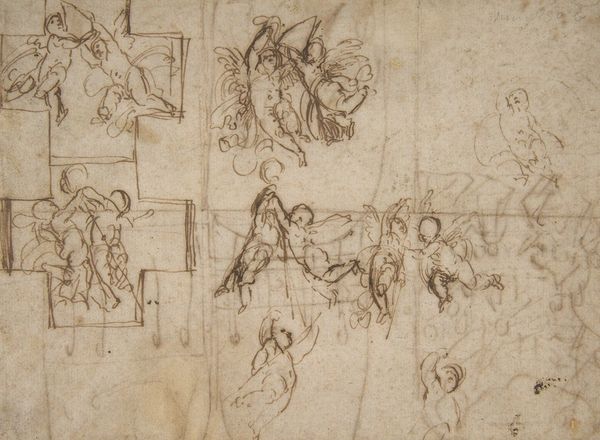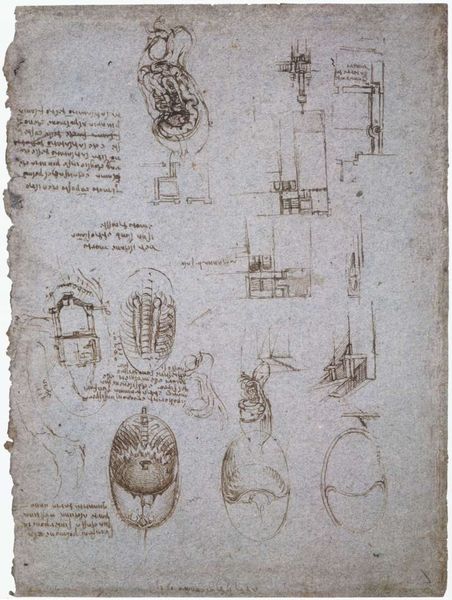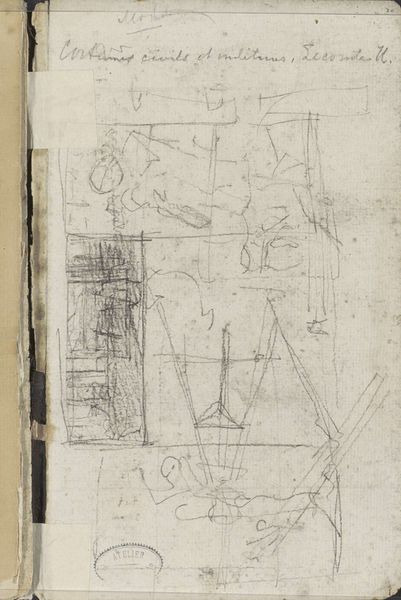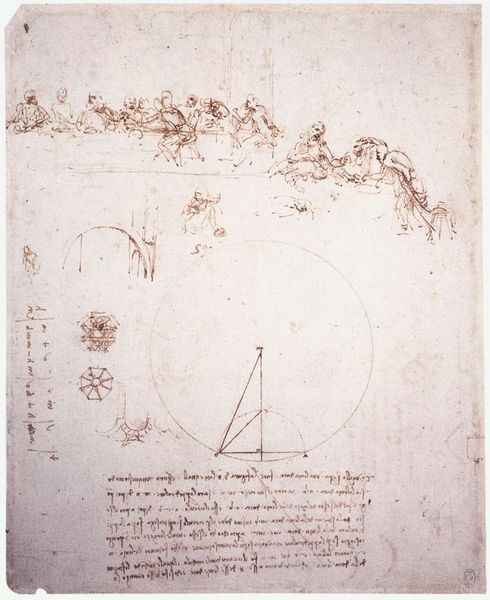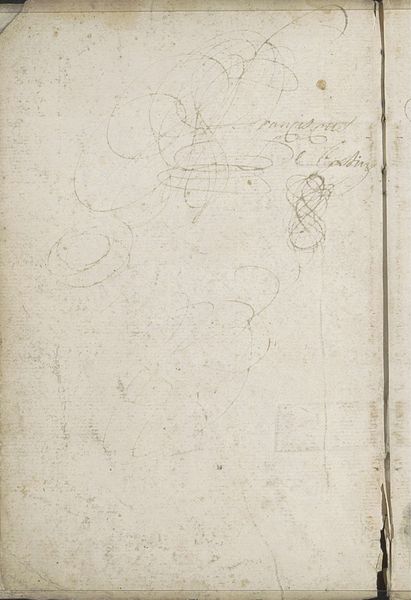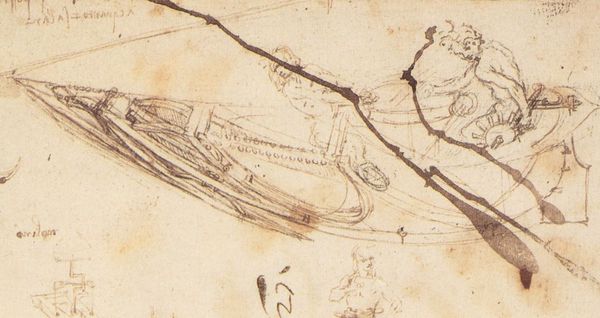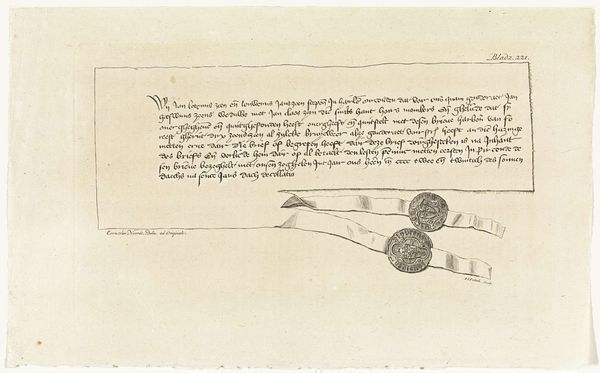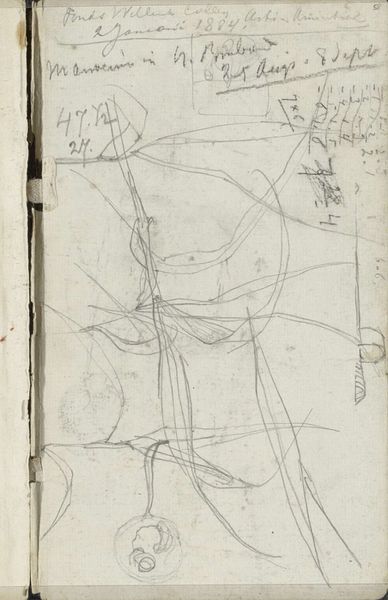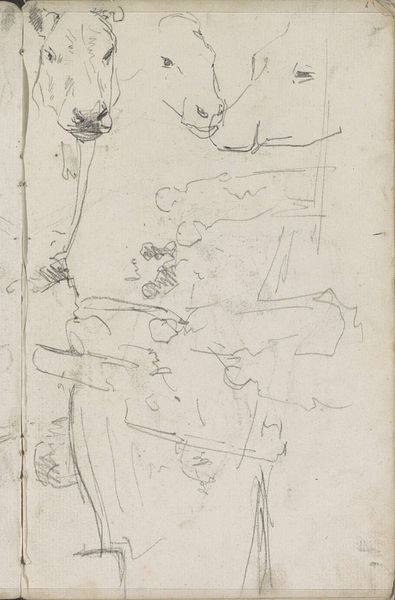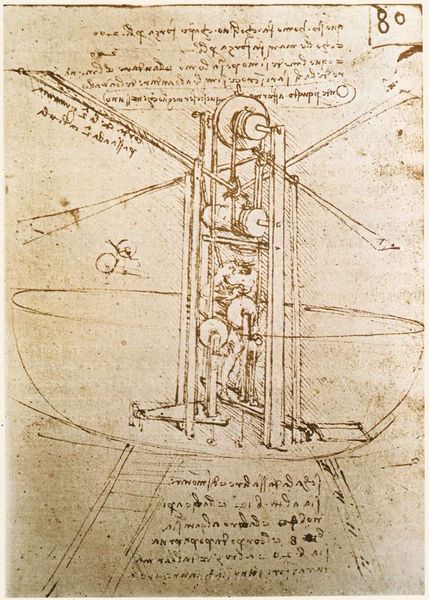
drawing, paper, ink
#
drawing
#
charcoal drawing
#
paper
#
text
#
11_renaissance
#
ink
#
sketch
#
line
#
italian-renaissance
Copyright: Public domain
Editor: Here we have Leonardo da Vinci's "Design for a Flying Machine," created around 1488, using ink and charcoal on paper. Looking at the composition, it’s amazing to see da Vinci’s process so laid bare, the wings taking shape amidst a flurry of technical notes. How would you interpret the visual language at play in this piece? Curator: From a formalist perspective, we can observe the artist's use of line, its varying weight and direction, to delineate form and suggest depth. The linearity and the diagrammatic approach invite a reading of the page as a field of potentiality. Consider, too, the relationship between the technical drawing and the artist's notes, their disposition on the page. How does their arrangement affect your understanding? Editor: Well, the notes seem almost like a key, an attempt to decipher the mechanics behind the drawing, but their density almost obscures the design itself. Curator: Precisely. The text, while providing information, also functions as a visual element, creating a tension between clarity and opacity. This tension reflects the inherent challenge in translating concept into concrete form. Note also the hatching and cross-hatching. Where do you see those marks performing and how? Editor: The shading helps to indicate volume, especially within the wing structures, creating a contrast with the flat lines describing the figures below. It creates a sense of layering. Curator: Exactly. It is this interplay between the two-dimensional surface and the suggestion of three-dimensionality, and between precision and fluidity, that characterizes the visual experience here. Editor: This formal reading really highlights how the drawing isn’t just about the invention, but also about the very act of envisioning it. Thank you for shedding light on it. Curator: Indeed. Focusing on the structural elements opens us to appreciating the visual dynamics that go into the inventive process.
Comments
No comments
Be the first to comment and join the conversation on the ultimate creative platform.
